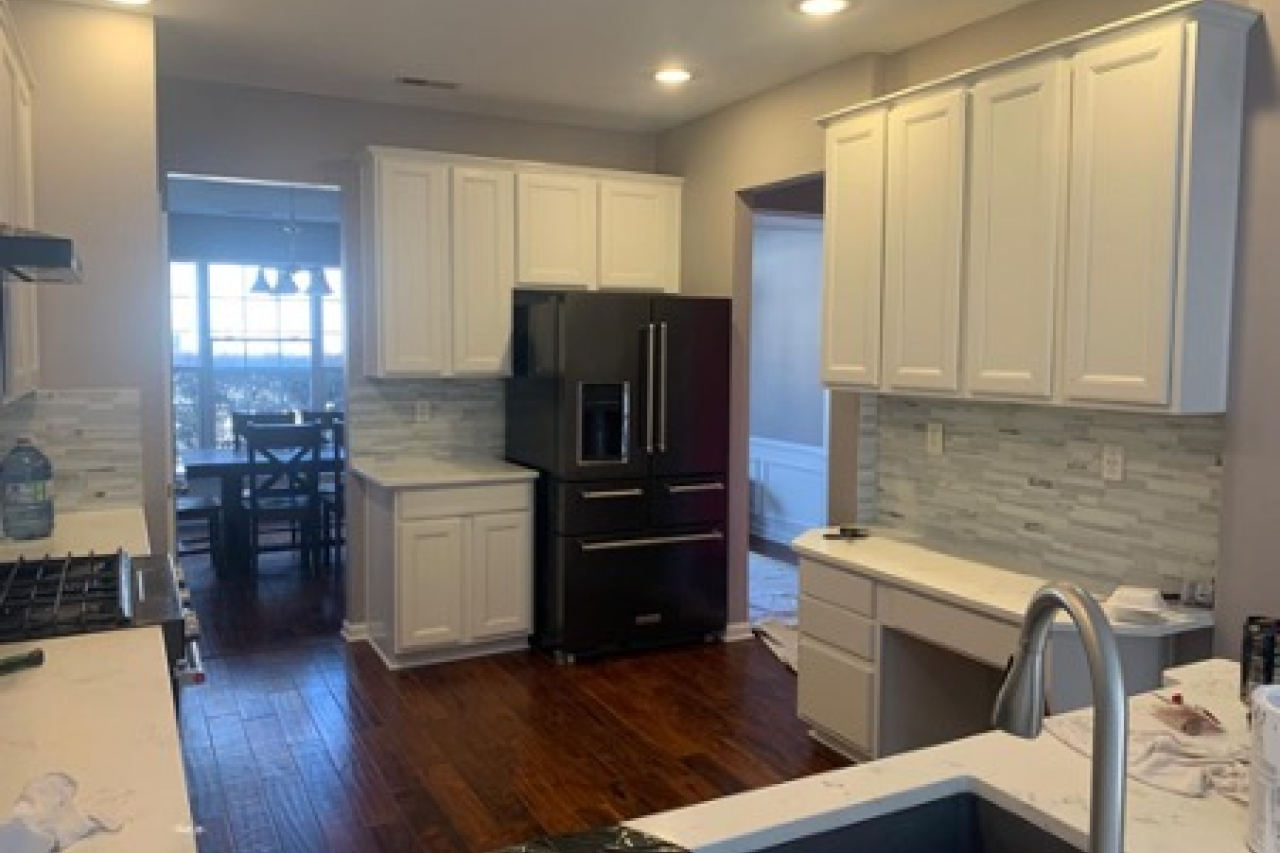Residential Interior Painting: Everything You Need to Know
Painting your home's interior is a great way to improve its appearance and value. It can also help to freshen up the space and make it feel more inviting. If you're thinking about painting your home's interior, there are a few things you need to know.
The Benefits of Residential Interior Painting
There are many benefits to residential interior painting. Here are a few of the most common benefits:
- Improved appearance: A fresh coat of paint can brighten up any room and make it look more inviting.
- Increased value: A well-painted home can sell for more money than a home that is not well-painted.
- Fresher air: New paint can help to remove stale air and pollutants from your home.
- Improved mood: Studies have shown that people who live in homes with fresh paint tend to be happier and more productive.
- Increased comfort: The right paint color can help to create a more relaxing and comfortable environment in your home.
Choosing the Right Paint for Your Home
There are many different types of paint available on the market, so it's important to choose the right paint for your home. Here are a few factors to consider when choosing paint:
- The type of surface you're painting: Different types of paint are designed for different surfaces. For example, you would not use oil-based paint on a latex-painted wall.
- The desired finish: There are many different finishes available, such as matte, satin, semi-gloss, and high-gloss. The finish you choose will affect the appearance of your walls.
- The climate you live in: If you live in a humid climate, you will need to choose a paint that is resistant to moisture.
- Your budget: Paint can range in price from a few dollars per gallon to over $100 per gallon. It's important to choose a paint that fits your budget.
Preparing Your Walls for Painting
Before you can start painting, you need to prepare your walls. This involves cleaning the walls, removing any loose paint or debris, and sanding any rough areas. You may also need to apply a primer to the walls.
Painting Your Walls
Once your walls are prepared, you can start painting. Be sure to apply two coats of paint for the best coverage. Allow each coat to dry completely before applying the next coat.
Adding Finishing Touches
Once your walls are painted, you can add any finishing touches you like. This could include caulking any cracks or holes, adding trim, or installing new hardware.
Hiring a Professional Painter
If you're not comfortable painting your home's interior yourself, you can hire a professional painter. This is a good option if you have a large home or if you want a high-quality paint job.
Residential Interior Painting Costs
The cost of residential interior painting will vary depending on the size of your home, the type of paint you choose, and the complexity of the job. In general, interior painting costs less than exterior painting.
Conclusion
Residential interior painting is a great way to improve the appearance and value of your home. It's also a relatively easy project to DIY, or you can hire a professional painter to do the job for you. With a little planning and effort, you can give your home a fresh new look.

